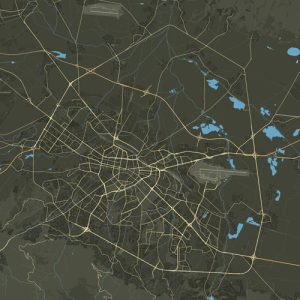Kremikovtsi, a district of Sofia, Bulgaria, forms part of the Kremikovtsi administrative district within the Metropolitan Municipality. Originally an independent village, Kremikovtsi was incorporated into the city of Sofia in 1978 and is presently home to approximately 3,300 residents.
Transportation:
The neighborhood is served by bus line No. 117, connecting it to Iztok bus station on Botevgradsko shose. The route extends to the town of Bukhovo and back.
Religion:
Kremikovtsi exhibits religious diversity, with about three-quarters of its population identifying as Orthodox Christians, while the remainder primarily adheres to Islam.
Education:
Kremikovtsi features a single school, the 156 “Vasil Levski” primary school, established in 1873. Students beyond the 7th grade typically continue their studies in the main part of the city.
Economy:
Historically, around 80% of Kremikovtsi residents were employed at the now-closed metallurgical plant “Kremikovtsi.” Presently, many residents commute to work in the central part of the city.
Landmarks:
The frescoes in the church “St. George the Victorious” within the Kremikovsky Monastery were recognized as a cultural monument in 1969. Additionally, the iconostasis of the “Pokrov Bogorodichen” monastery church received this designation in 1980. The neighborhood is also home to the grave of Dimitar Kazaka, a Chetnik from the Boteva group, declared a cultural monument in 1979.

